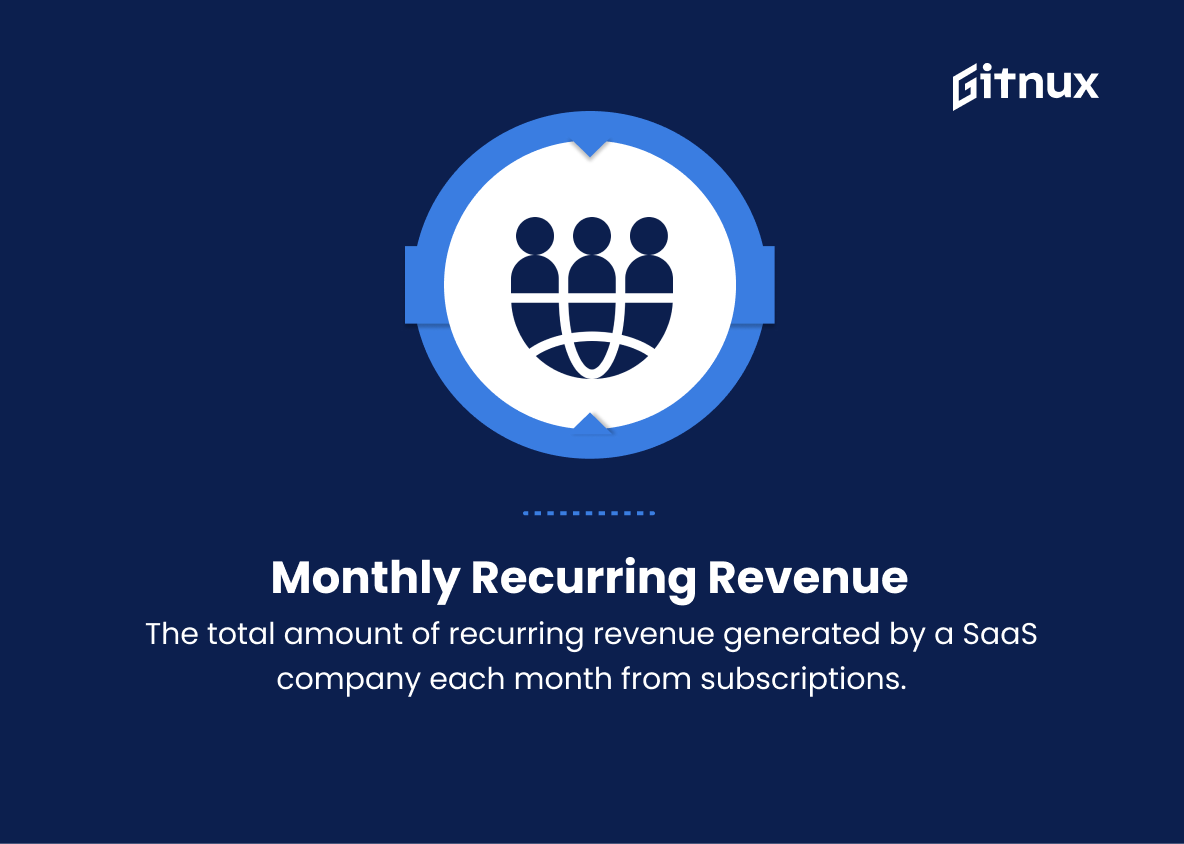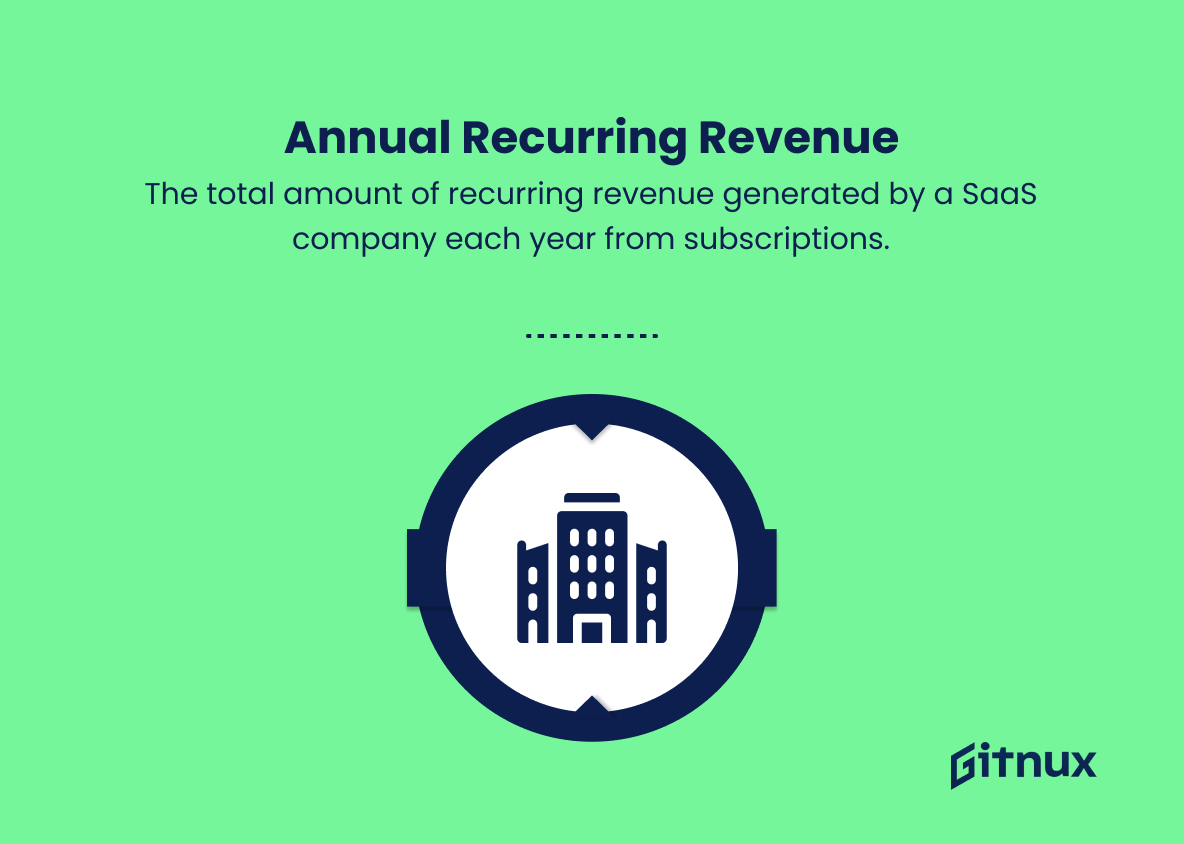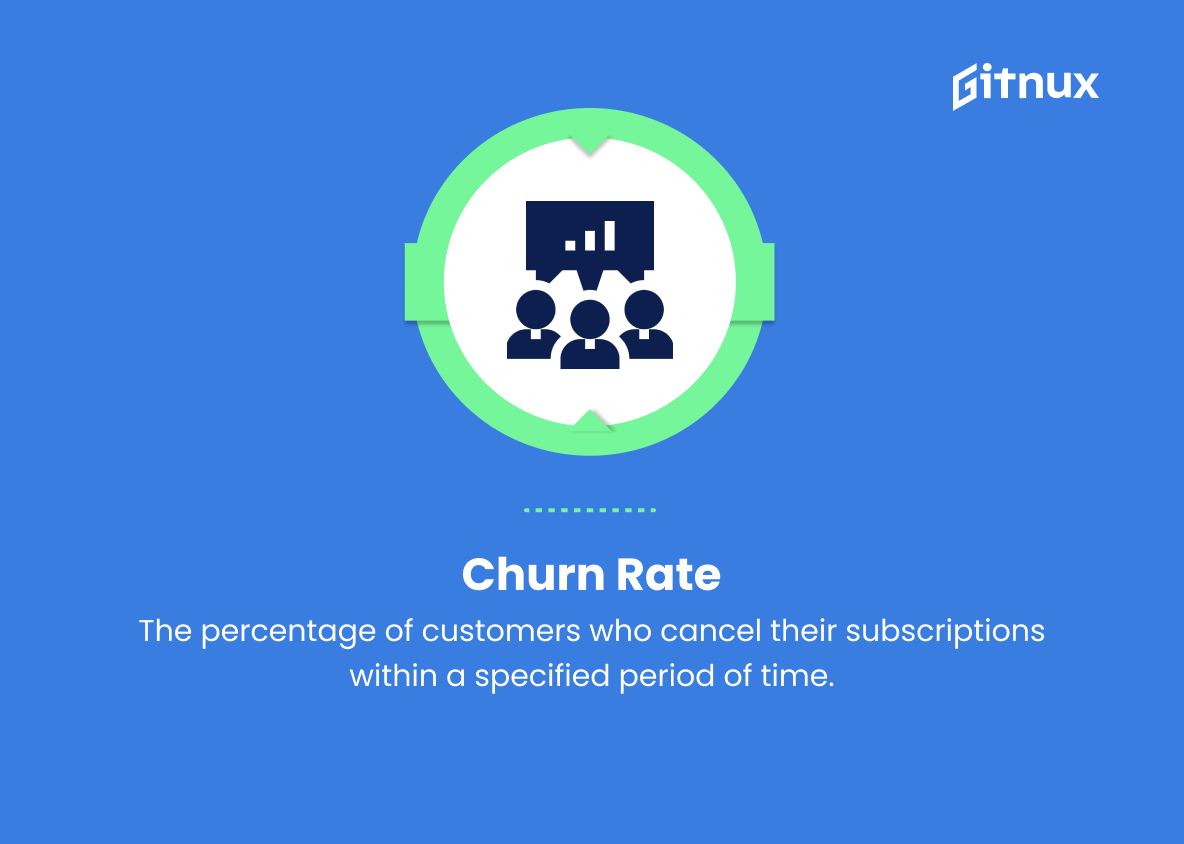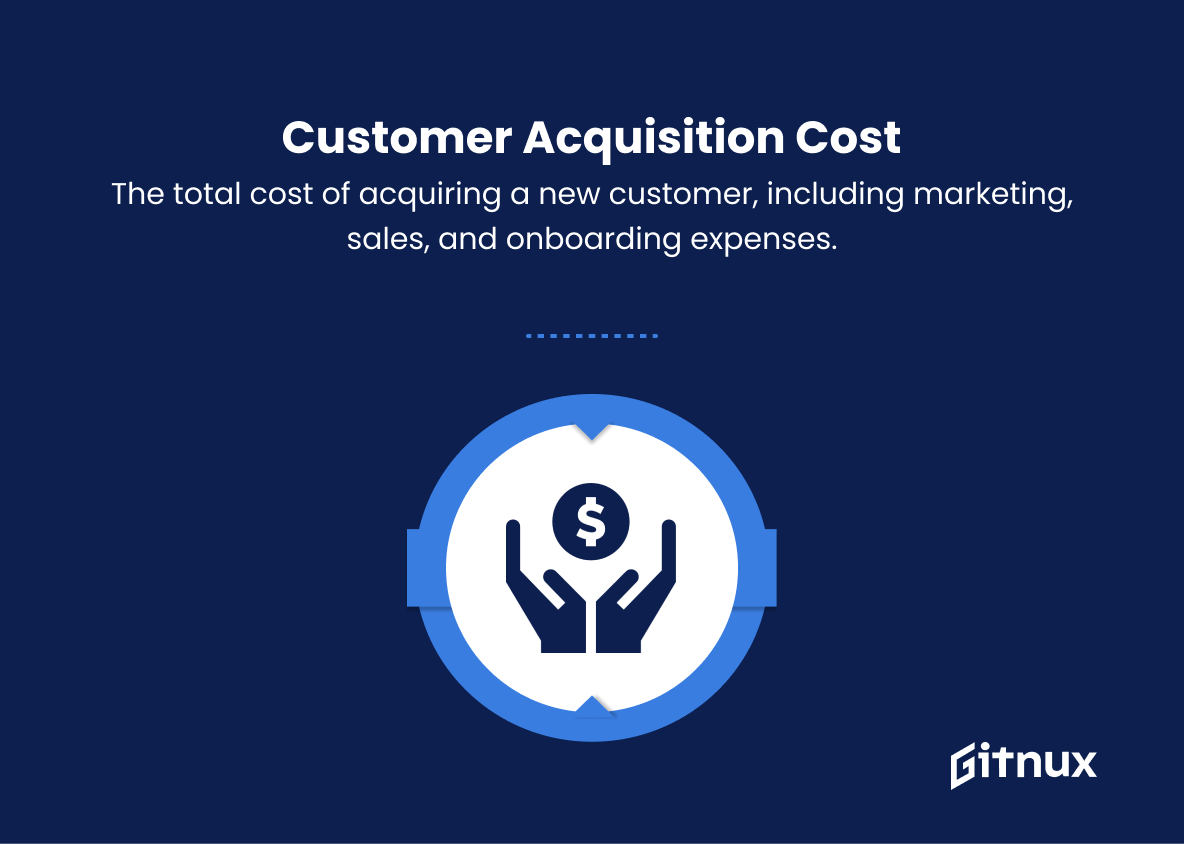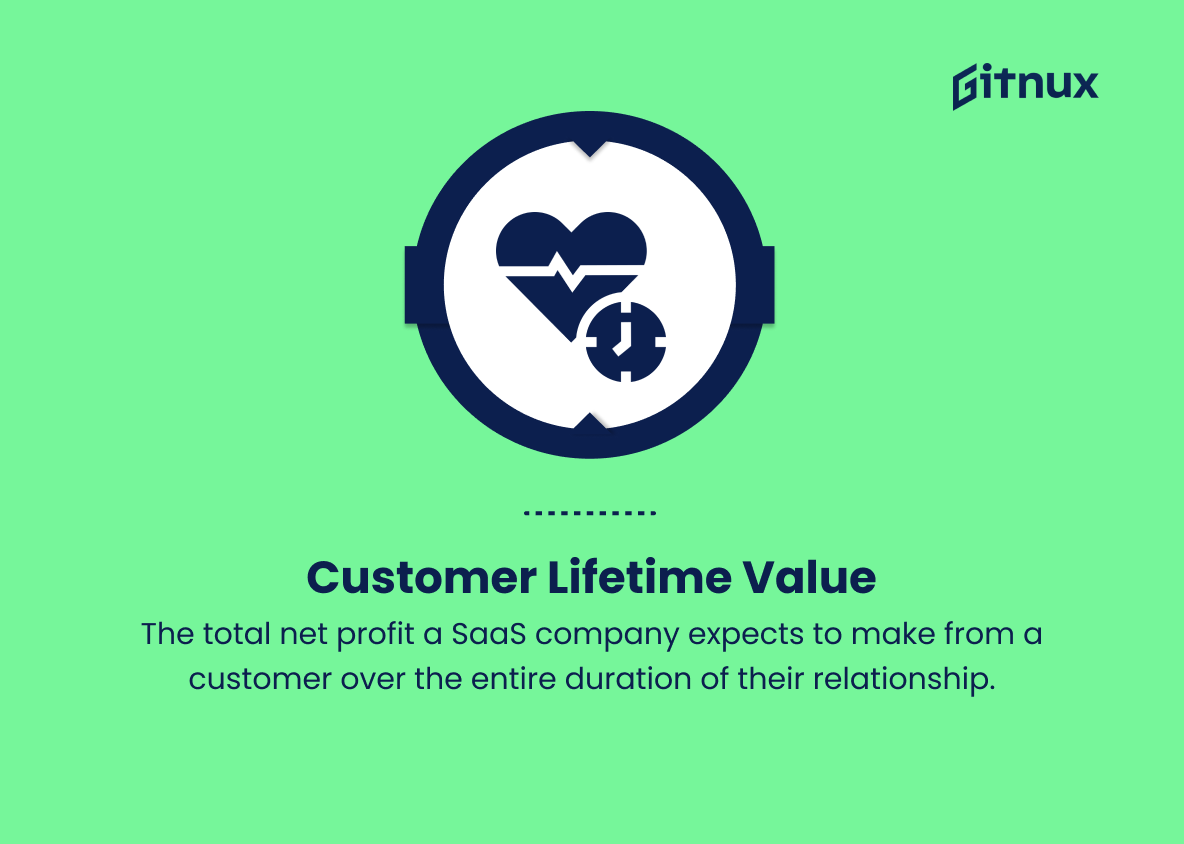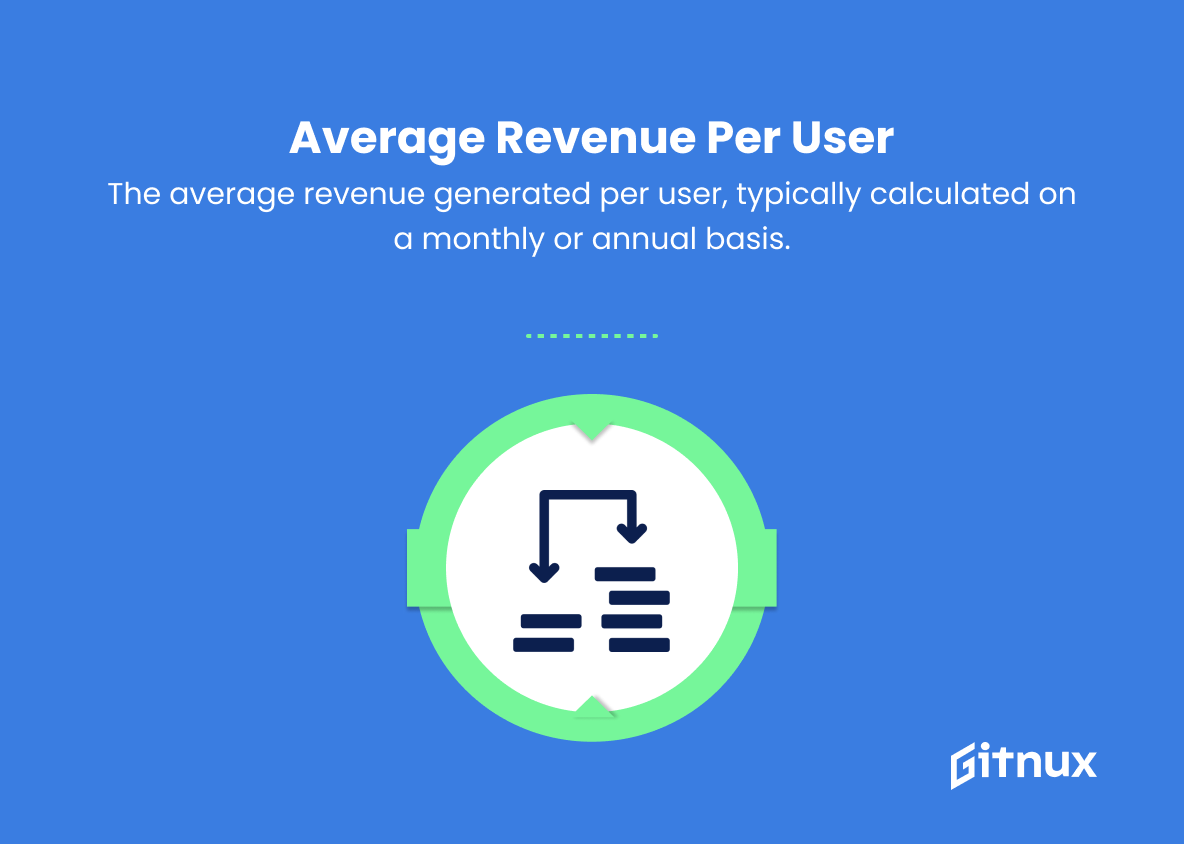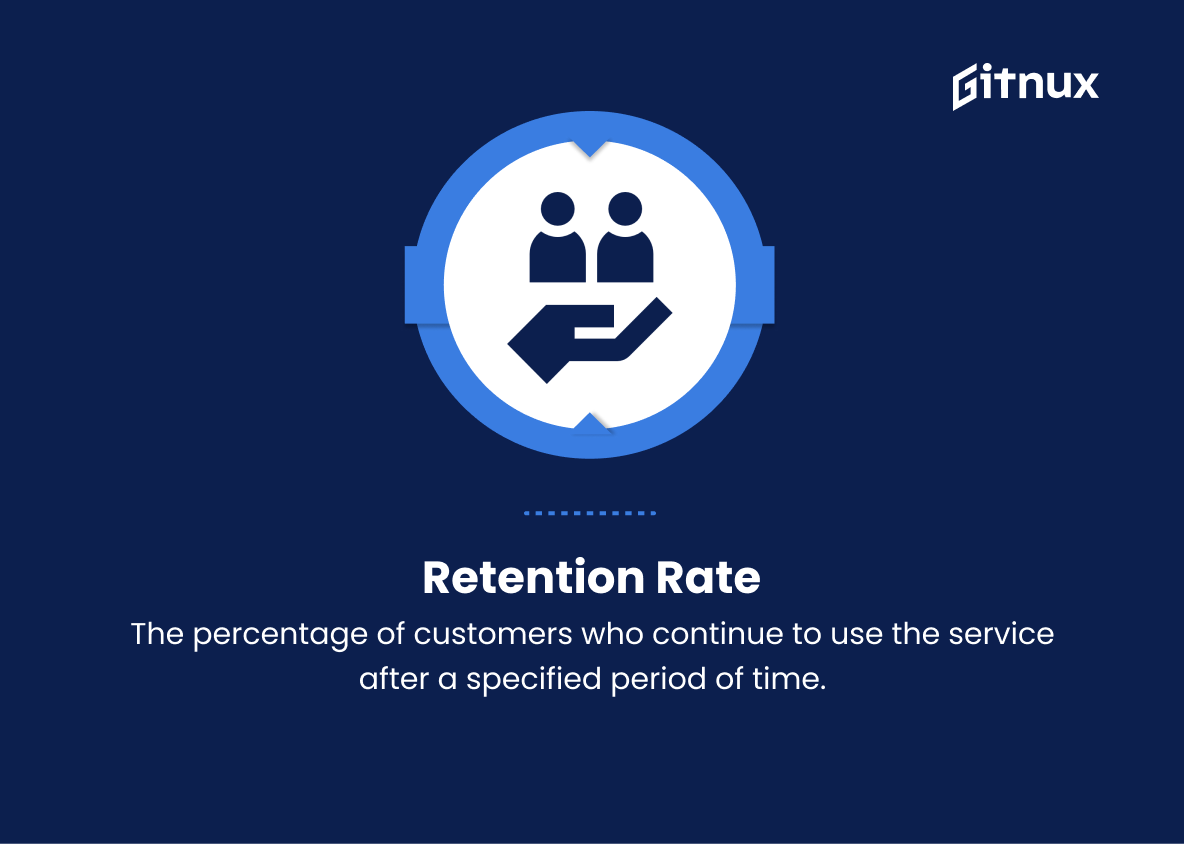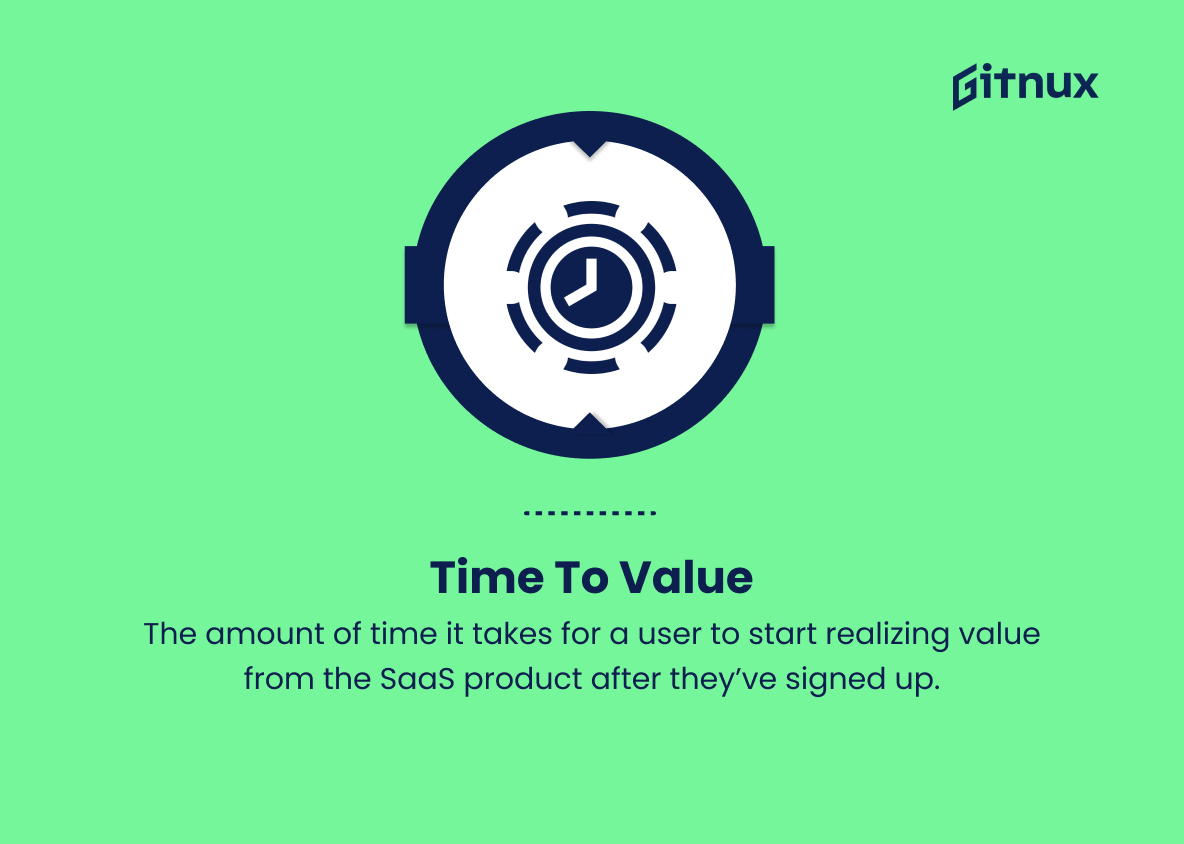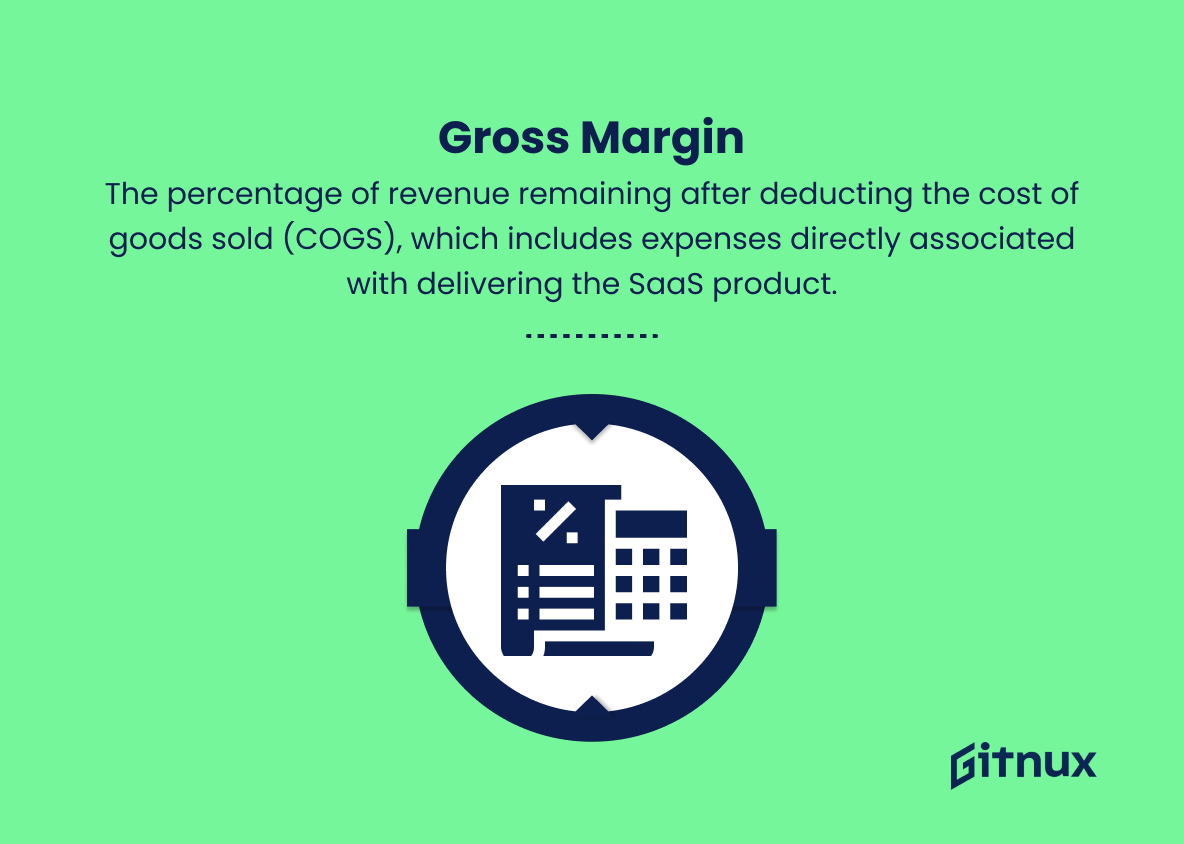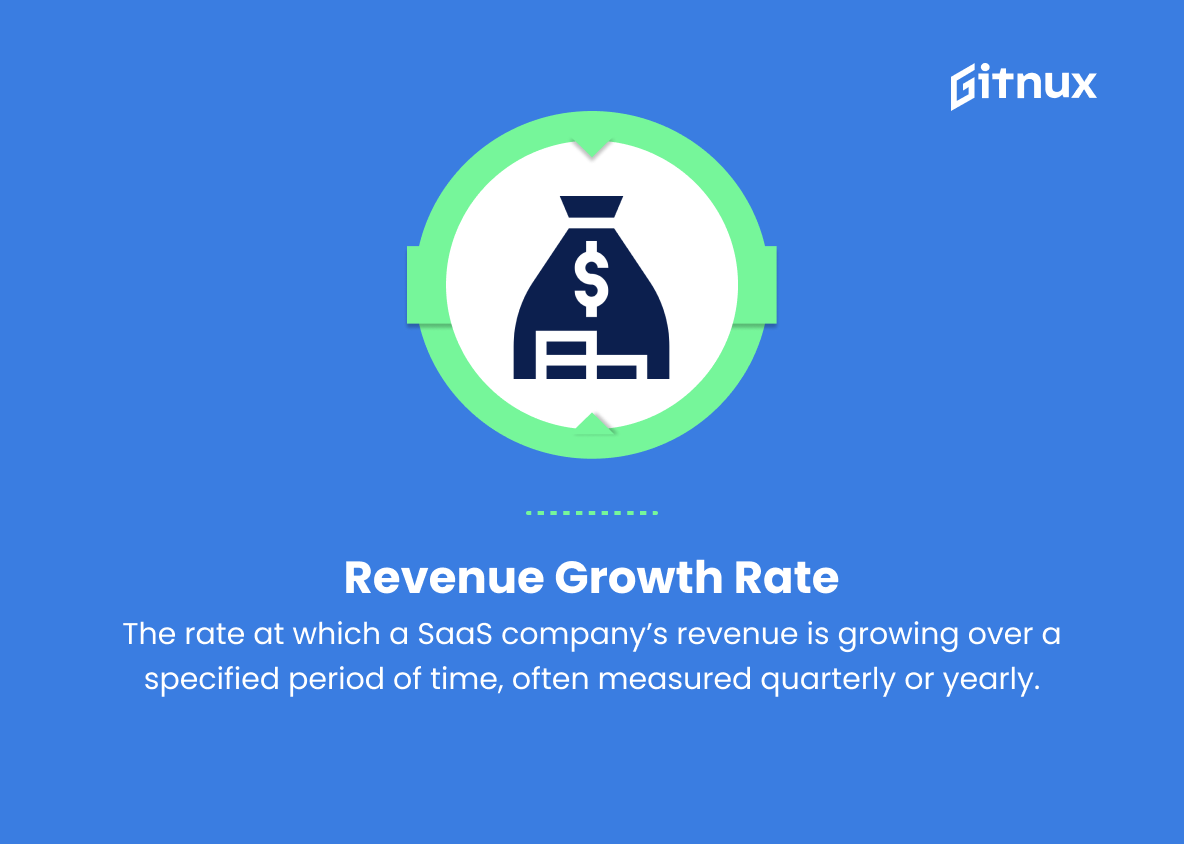In today’s data-driven world, Software as a Service (SaaS) companies must continuously monitor and analyze an array of performance metrics to optimize their business growth, efficiency, and customer satisfaction. Understanding and tracking key reporting metrics is essential not only for informed decision-making but also for uncovering trends, identifying areas for improvement, and ensuring a competitive edge. In this blog post, we will delve into the critical SaaS reporting metrics that every business, whether a budding start-up or an established enterprise, should keep a close eye on.
We will also explore the importance of these metrics, best practices for accurate interpretation, and how they play a significant role in driving your company’s success. So, buckle up as we embark on a journey to unlock the true potential of your SaaS business with the power of data-driven insights.
SaaS Reporting Metrics You Should Know
1. MRR (Monthly Recurring Revenue)
The total amount of recurring revenue generated by a SaaS company each month from subscriptions.
2. ARR (Annual Recurring Revenue)
The total amount of recurring revenue generated by a SaaS company each year from subscriptions.
3. Churn Rate
The percentage of customers who cancel their subscriptions within a specified period of time.
4. Customer Acquisition Cost (CAC)
The total cost of acquiring a new customer, including marketing, sales, and onboarding expenses.
5. Customer Lifetime Value (CLTV)
The total net profit a SaaS company expects to make from a customer over the entire duration of their relationship.
6. Average Revenue Per User (ARPU)
The average revenue generated per user, typically calculated on a monthly or annual basis.
7. Retention Rate
The percentage of customers who continue to use the service after a specified period of time.
8. Net Promoter Score (NPS)
A measure of customer satisfaction and loyalty, calculated by asking customers how likely they are to recommend the product to others.
9. Active Users
The number of unique users who engage with the SaaS product during a specific time frame, such as daily, weekly, or monthly active users.
10. Feature Adoption Rate
The percentage of users who adopt and actively use specific features or functionalities within a SaaS product.
11. Time to Value (TTV)
The amount of time it takes for a user to start realizing value from the SaaS product after they’ve signed up.
12. Conversion Rate
The percentage of users who move from free trials or freemium accounts to paying customers.
13. Expansion/Upgrade Revenue
The additional revenue earned from existing customers who expand their usage or upgrade to higher-tier plans.
14. Gross Margin
The percentage of revenue remaining after deducting the cost of goods sold (COGS), which includes expenses directly associated with delivering the SaaS product.
15. Revenue Growth Rate
The rate at which a SaaS company’s revenue is growing over a specified period of time, often measured quarterly or yearly.
16. Customer Support Metrics
Metrics that help evaluate the effectiveness of customer support, such as ticket resolution times, response times, and customer satisfaction.
17. Onboarding Success Rate
The percentage of new customers who successfully complete the onboarding process and start using the product effectively.
SaaS Reporting Metrics Explained
SaaS reporting metrics are crucial for understanding the overall health and performance of a SaaS company. MRR and ARR help measure the recurring revenue, reflecting the stability and growth potential of the business. Churn rate indicates customer retention challenges, while CAC and CLTV enable evaluation of the efficiency and sustainability of customer acquisition efforts. ARPU is useful for tracking the revenue generated per user, and retention rate shows how successfully the service keeps its customers engaged over time.
NPS measures customer satisfaction and loyalty, offering valuable insights into users’ perception of the product. Active users highlight the overall user engagement, and feature adoption rate demonstrates the effectiveness of product functionalities. TTV allows for monitoring how quickly users experience the benefits of the SaaS product, and conversion rate points towards the success of converting users into paying customers. Expansion/upgrade revenue can track upselling opportunities and account growth potential.
Gross margin and revenue growth rate signal the financial health and scalability of the business. Customer support metrics give insights into the quality of support experiences, and onboarding success rate reveals how well new users are being integrated into the product. Ultimately, these metrics together allow for a comprehensive understanding of a SaaS company’s performance and potential for success in the competitive market.
Conclusion
In summary, SaaS reporting metrics are indispensable tools that empower businesses to monitor, evaluate, and optimize their performance in the ever-evolving digital landscape. By understanding and analyzing essential metrics such as MRR, churn rate, LTV, CAC, and customer retention, companies can make well-informed decisions to enhance their growth and profitability.
By continually tracking these metrics, organizations can not only identify potential areas for improvement but also adapt to the changing dynamics of their industry. Ultimately, a robust and comprehensive understanding of SaaS reporting metrics will serve as the cornerstone for businesses to achieve long-term success and thrive in the competitive world of software-as-a-service.
